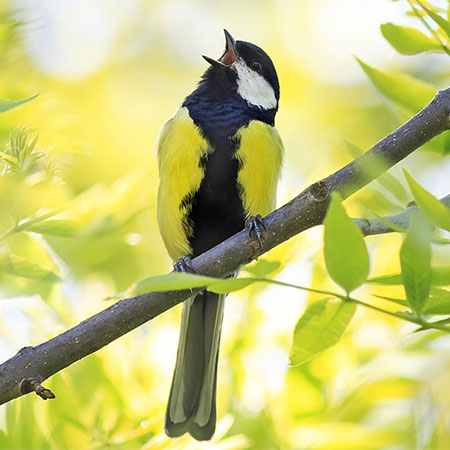 With summer, temperatures are heating up, and so is the activity of wildlife. It’s not unusual for homeowners to hear odd scratching, running, or chirping sounds within walls, attics, or ceilings this time of year. These disconcerting sounds typically signal the same thing: Unwanted wildlife has taken refuge in your home.
With summer, temperatures are heating up, and so is the activity of wildlife. It’s not unusual for homeowners to hear odd scratching, running, or chirping sounds within walls, attics, or ceilings this time of year. These disconcerting sounds typically signal the same thing: Unwanted wildlife has taken refuge in your home.
Here, at AAA Kyle’s Wildlife Removal, we assist you in discerning just what those sounds could be — and what you should (or shouldn’t) do about them.
Common Summer Wildlife Sounds (and Who’s Making Them)
1. Scratching and Scurrying
To blame: Squirrels, rats, mice, and raccoons.
These bugs are most active at dawn and dusk. SQUIRRELS AND RACCOONS -They enter through lamplight openings, but more often, they enter through small areas in the roof or soffits. Quick footsteps or scratching Scratches can be a rodent or squirrel building a nest in your home.
2. Fluttering or Chirping at Dusk
Likely Culprit: Bats
Bats frequently roost behind walls or in attics and are primarily active during the summer when they are raising their young. You might hear gentle flapping, high-pitched chirps, or rustling, particularly soon after nightfall.
3. Loud Thuds or Growls in the Dark
Likely Culprit: Raccoons
These night dwellers are not the least bit timid about raising a ruckus. If you hear what sounds like something heavy moving around on top of your chest at night — maybe growling a little bit, too — you may have a problem with raccoons.
4. Hissing or Unusual Slithering Sounds
Likely Culprit: Snakes
It is rare, but some snakes may occasionally gain access to wall voids during periods of intense heat. If you can hear these sounds of scraping, sliding, wriggling, and/or hissing, call a professional right away.
Why These Sounds Spike in Summer
Breeding Season: During the summer months, many animals keep their babies close at hand and need a safe place to return to, including your walls.
Heat-Seeking Behavior: When temperatures become extremely high, animals retreat to cooler, shaded areas to avoid sweltering conditions.
Easy pickings: Torn screens, holes in your roof, and open vents create an open invitation for those summer creatures.
What to Do If You Hear Wildlife in Your Walls
Don’t Seal Entry/Exit Points Right Away: You could potentially seal the animal in and make things even worse.
Do not attempt DIY removal: Most wildlife animals have diseases and can become aggressive when they feel threatened.
Please bring in the Pro: Here at AAA Kyle’s Wildlife Removal, we employ human, safe, and effective methods for wildlife removal and sealing up holes to prevent future problems.
Prevent Future Wildlife Intrusions
- Seal small openings around your home’s foundation and roofline
- Trim trees away from the roof
- Install vent covers and chimney caps
- Store pet food and garbage securely
- Schedule seasonal inspections with a professional
Need Help? Trust AAA Kyle’s Wildlife Removal
Noises in your walls: Don’t let this kind of sound go — they’re usually a sign of a growing issue. We have quick response times, use humane methods of removal, and have years of experience with this problem – AAA Kyle’s Wildlife Removal is who to call for Summer wildlife removal.
Please call us as soon as possible for a complimentary inspection.
